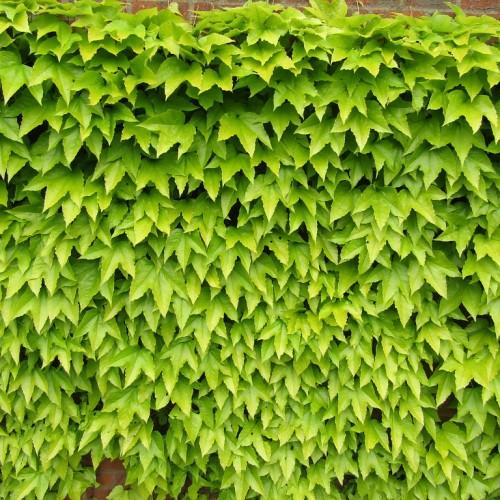
Boston ivy
Parthenocissus tricuspidata 'Fenway Park'
Cycle:
Perennial
Watering:
Minimum
Hardiness Zone:
4 - 8
Flowers:
Flowers In Summer
Sun:
Deep shade, Filtered shade, Full sun, Part sun/part shade
Soil:
Acidic, Humus rich, Rocky , gravelly , dry, Well-drained
Fruits:
Fruits In Autumn Ready In Fall
Leaf:
Yes
Growth Rate:
Moderate
Maintenance:
Low
Drought Tolerant:
Yes
Salt Tolerant:
Yes
Invasive:
Yes
watering
Boston ivy is a perennial plant, so regular watering is important for its health and vitality. Water the plant deeply once a week, making sure the soil is evenly moist. Make sure the soil drains well, as the plant does not like to sit in wet soil. During periods of drought, increase the frequency of watering to 2-3 times a week. In winter, water sparingly, with the occasional deep watering. When potting Boston ivy, it is a good idea to choose a pot with drainage holes and mix soil with sand and gravel for better drainage.
sunlight
Boston ivy prefers full sun, but tolerates some light shade during the hot afternoon hours. If given full sun, it will grow lush and vigorous. For best foliage colour, plant it in a location that receives at least 6 hours of direct sunlight each day. During the season, Boston Ivy should receive more sunlight in the morning, decreasing amounts of sunlight as the day progresses.
pruning
Boston ivy is a low-maintenance, self-clinging vine that is fairly tolerant of pruning. It should be pruned twice a year to control its spread and keep it looking tidy. The ideal time to do so is in the late winter or early spring (mid-March to late April). During this period, remove any dead wood, weak or unruly stems, and thin out crowded areas if necessary. It's also a good idea to prune to restrict the overall size of the vine if it's becoming too large for its intended space. Be sure to sterilize pruning shears between cuts with rubbing alcohol or Lysol to avoid transferring diseases. It’s best to avoid pruning in the late summer or early fall as this could encourage new growth which will not have sufficient time to harden off and could become damaged with the cold temperatures of winter.
